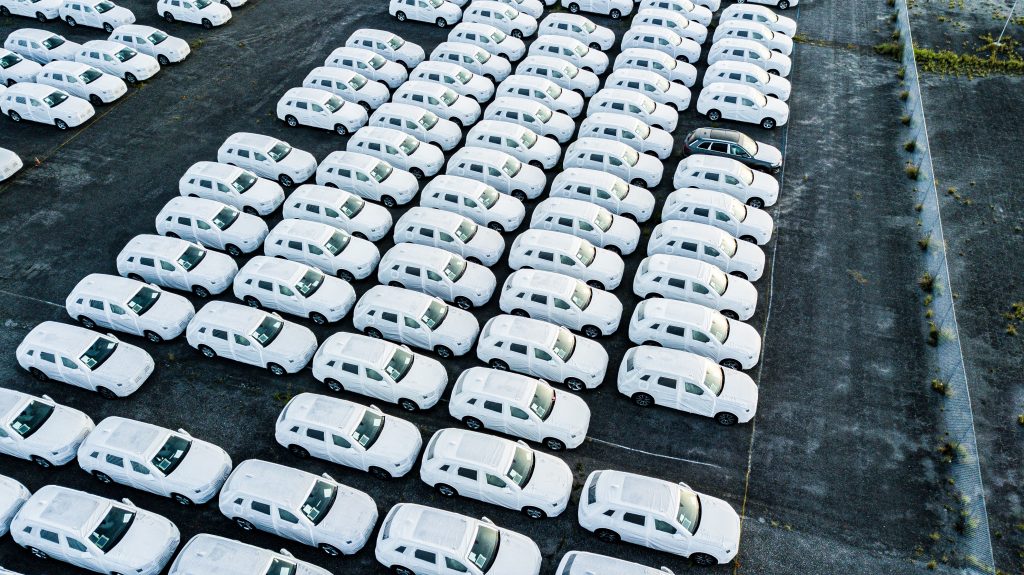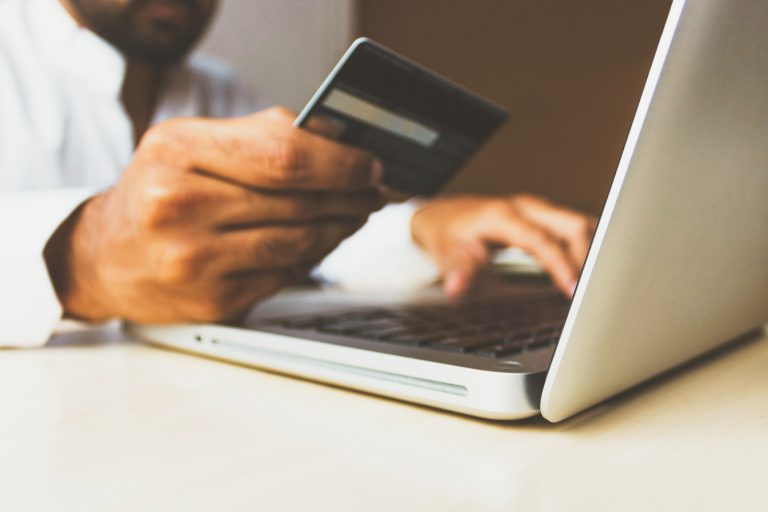What’s Driving the Price of New Cars?

Imagine yourself sitting in a brand new car. The dashboard is free of dust particles, the carpets are pristine, and the air is filled with that new car smell. So, are you ready to go buy a new car? If you are, there’s good news and bad news. On the positive side, you’ll probably have more choice than at any time in the last year or so. The pandemic-driven supply chain disruptions that led to empty lots at dealers as well as skyrocketing prices on used cars are finally coming under control. However, even though the increased supply should drive prices down, actions by the Federal Reserve will probably make your total outlay much higher than just a few months ago.
In an effort to get inflation under control, the Federal Reserve has been steadily increasing interest rates, pushing them to heights not seen in some time. What does this mean for you? Well, if you’re planning to take a loan out for your new car, the interest rate you’ll pay on that loan will be higher, making your monthly payment and indeed, the overall cost of your new car, much higher than this time last year. For automakers, the rise in interest rates couldn’t come at a worse time. Since early in the pandemic, they’ve been struggling to produce enough cars to meet demand. Now just as their inventories are increasing, demand may drop as buyers are priced out of the market thanks to central bank policy and rising inflation in general. Indeed, the average price of a new car now tops $48,000 and even though inventories are higher, there are more than a million fewer new and unsold vehicles available now as compared to 2020 and more than two million fewer as compared to 2019, prompting some to wonder whether the dream of a buying a new car, will remain just that, a dream.
Discussion Questions:
- In a state of equilibrium, the supply of cars would meet demand. Today’s auto market is anything but balanced. Explain how various factors including supply chain issues, tight labor markets, and rising interest rates are all impacting the market for cars.
- Given that the Federal Reserve has indicated that further increases in the interest rate may be necessary to curb inflation, should you buy a new car now or wait? Explain.
- How could economic conditions in the United States affect car prices over the next year? What are the implications of recessionary pressures on new car prices? If the United States avoids a recession, what do you think will happen to car prices?
- Reflect on the implications of current conditions in the auto market for different consumers. Who, if anyone, benefits from current market conditions? Who is most likely to be negatively impacted?
Sources| NBC News: New car prices may soon start coming down — but get ready to pay more in interest; CNBC: Should you buy a car in 2022? Here’s what consumers need to know to beat high vehicle prices; The Guardian: Soaring US car prices compel buyers to travel thousands of miles for deals; CNBC: New cars are finally back in stock — but Americans might not be able to afford them; Unsplash: New cars in dealership












